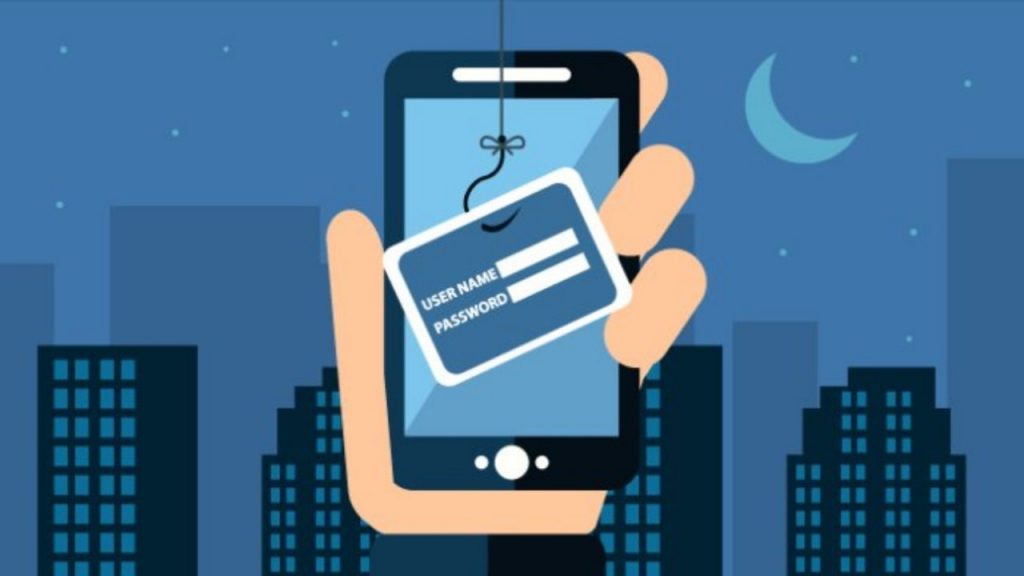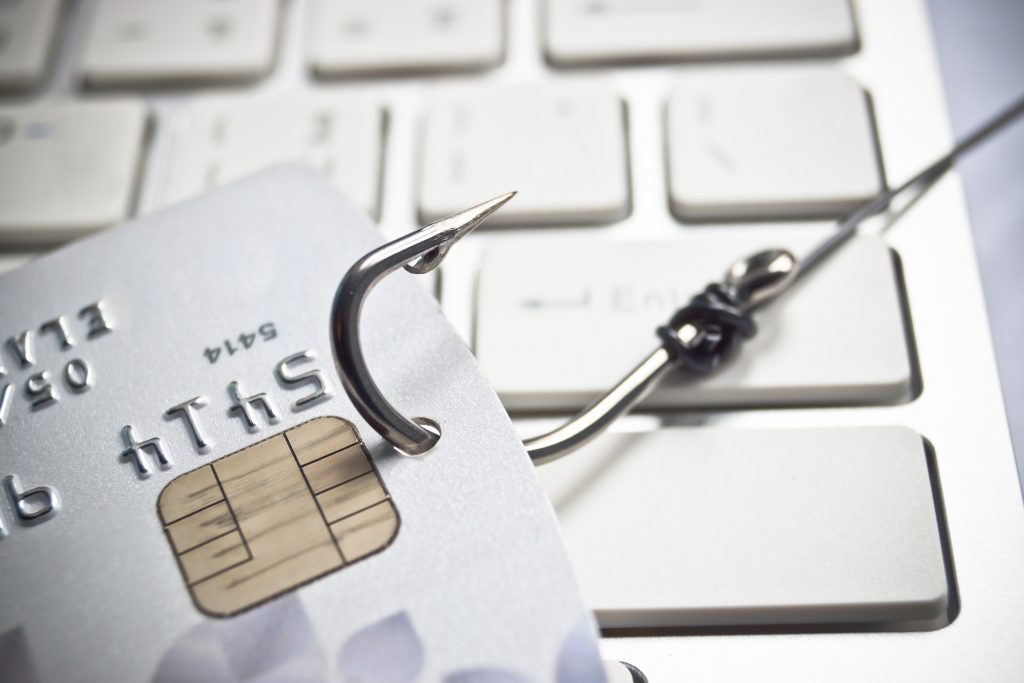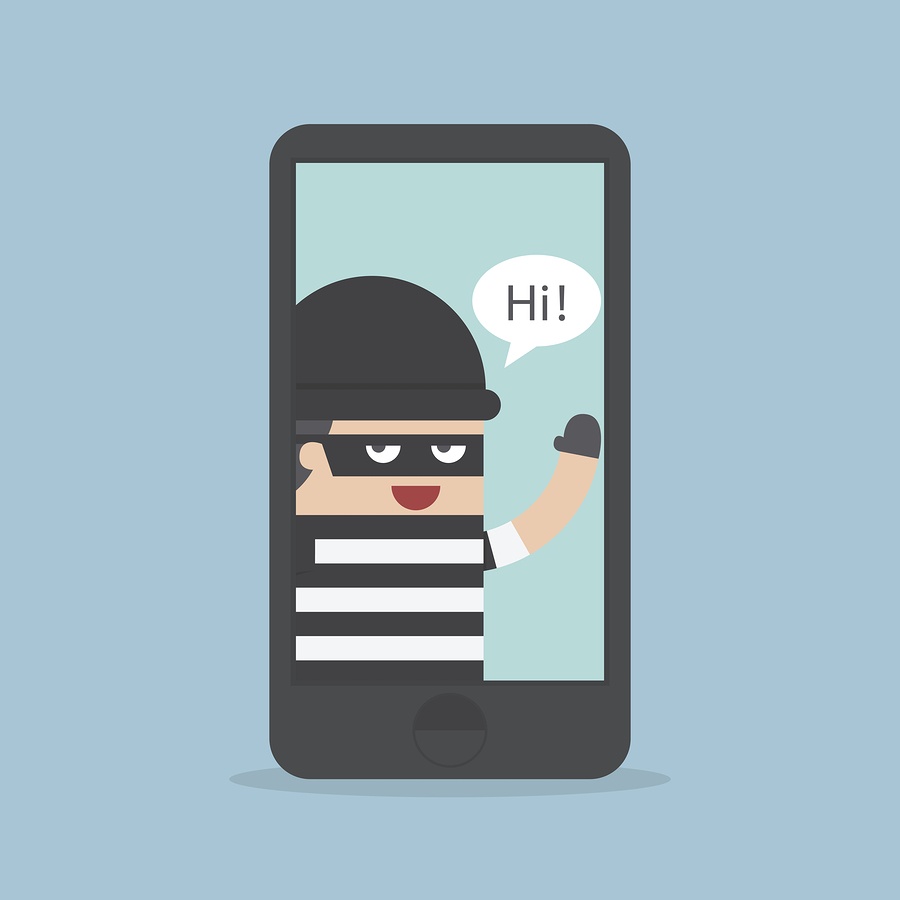How to prevent from getting “smished”? Smishing is on the rise. Learn how to recognize and avoid these strange text messages. Are you getting some weird-looking text messages from people requesting things you are not aware of? Then you might be getting smished. Here is what you have to do before possibly falling into a trap.
What is Smishing?
How to prevent from getting “smished”? Smishing’ is SMS phishing where text messages are sent trying to encourage people to pay money out or click on suspicious links. Sometimes attackers try to get victims on the phone by sending a text message asking them to call a number, in order to persuade them further.

How to identify smishing:
Delivery status change: A text requesting that the recipient take action to change a delivery will include a link so always look for emails or go directly to the delivery service website to check status.
- Abnormal area code: Review the area code and compare it to your contacts list before responding to a text or taking a suggested action.
- Phishing and Smishing are methods criminals use to trick you into giving them personal financial information.
The criminals are after details like credit card numbers, bank account numbers, social security numbers, passwords, and other sensitive information. They use that information to steal your money or use your good name to open new loans or credit cards. Phishing uses an email message to gather that information. Smishing uses an SMS text message to your phone.
Smishing text messages are designed to fool you into giving your personal information voluntarily by pretending to be your financial institution or another company you trust. Usually, they will tell you that your bank account, your credit card account, or another electronic payment account, needs to be “updated” or “validated.” The message will say there are dire consequences if you don’t take the action – for example, the account will be closed or frozen.
The message typically gives you a link or a phone number. You are told that if you follow the link, or make the call, the account can be updated or validated to fix the problem. It is your responsibility that allows criminals to steal your information. The Justice Department suggests three simple steps that will help you avoid being a victim of Phishing or Smishing fraud and theft.

How Can I Prevent Myself from Getting Smished?
First, STOP. The message is designed to get an immediate reaction from you by making it seem like an emergency. Do not click any link or call any number included in the message. Instead…LOOK. Think about the message. Does it make sense that your account would be closed if you don’t respond immediately to a link in an unexpected message? A safer choice would be to log in to your account normally. Don’t use the link or phone number inside the message. Just log into your account the way you typically would.
It doesn’t look like you have the sender in your contact list. As evidenced by the phone number showing (instead of some company or person name). Of course, that’s not conclusive evidence that this message is unsafe. But it should put you on alert to look for additional warning signs that suggest danger ahead.
What To Look Out For

No Prior Communications
Building upon your prior intuition, notice that there are no prior text messages from this number before, in either direction. No prior messages from the sender to you. No prior messages from you to the sender.
Unfamiliar Product
Now, this looks very suspicious. The message is about a product you don’t know of or use, and it’s financially oriented. Whoa, danger ahead! You’ve seen smishing examples before. A high percentage of them involve financial-oriented fraud. There is no possible reason why you should even consider interacting with this sender.

Unusual Follow-Up Instructions
This one seals it. A financial institution, with whom you supposedly have an account, that is so unsure of their customer service systems that they have to list two possible follow-up phone numbers. Neither of which is a 1-800 number? No way. Not buying it. This smishing example is completely unsafe.

What Can I Do if I Suspect I’ve Been Smished?
The first thing to do after receiving a strange message is simple: don’t click on any links in that message, and don’t respond to it! Instead, think through ways to prove–or disprove–its validity. For instance, if someone texts you, “Hey, I’m your bank,” look up your bank’s number and give them a call. However, you should never call the number that texted you–if it belongs to a cyber-criminal, they’ll simply pretend to be your bank before asking for your credentials.
If you don’t recognize a number, don’t dismiss it as Smishing immediately. Rather, assume that it might be Smishing and take proactive steps to protect yourself. For instance, if the number says, “Hey, I’m your friend Joe, this is my new number,” try to contact Joe a different way for proof (like email or social media). Better yet, the next time you see Joe in person, simply ask if he’s changed his number.
Orlando Marketing Firm
We specialize in Design, printing, direct mail, social media, SEO, public relations, viral marketing, multimedia, and everything needed for your business to succeed. Additionally, we are marketing specialists that deliver results with unique marketing opportunities and fresh new ideas and concepts on how to hit your target market without getting lost in the sea of advertisements they are shown each and every day.




